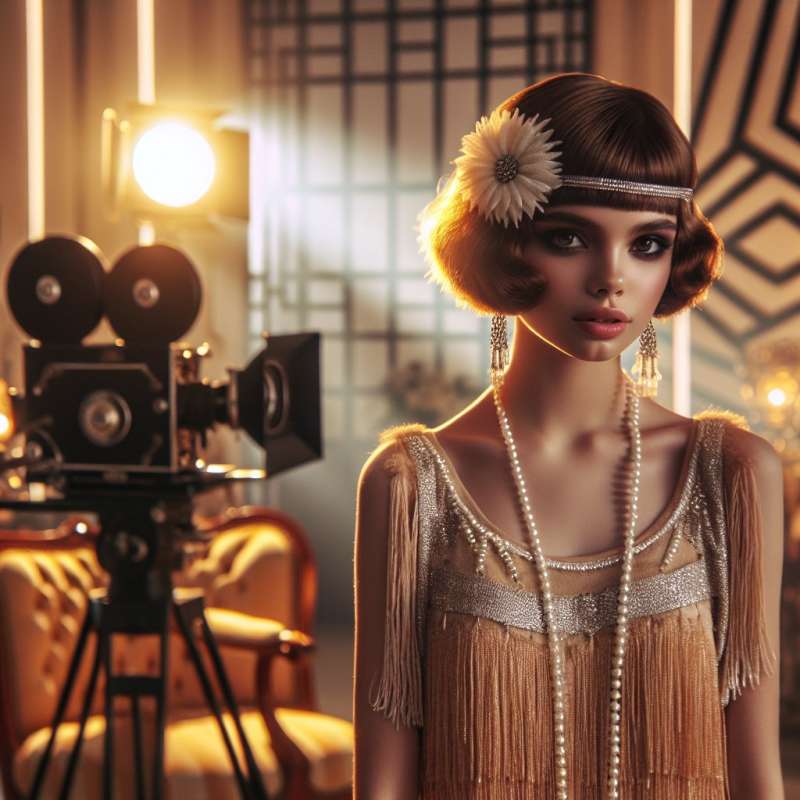
Origins of Flapper Style
Emerging in the 1920s, flapper style was influenced by the aftermath of World War I. Women sought independence and rejected traditional norms, leading to shorter hemlines, bobbed hair, and unrestrictive clothing that symbolized newfound freedom.
Symbol of Social Change
Flappers were more than fashion icons; they represented a cultural shift. They embraced jazz music, danced the Charleston, and frequented speakeasies, challenging the conservative values of previous generations and pushing boundaries in behavior and dress.
Impact on Women's Rights
Flapper fashion was intertwined with the women's rights movement. The style reflected the newfound voting rights granted by the 19th Amendment in 1920, as women began to assert their presence in public and political spheres with greater confidence.
Beyond the Dress: Accessories
Flapper style was not just about dresses. Accessories like cloche hats, long pearl necklaces, and cigarette holders were essential. These items not only enhanced the look but also reinforced the image of the modern, liberated woman.
Hollywood's Role in Popularity
Hollywood films played a crucial role in popularizing flapper style. Actresses like Clara Bow, known as the 'It Girl', epitomized the flapper image on screen, influencing women across America and solidifying the style's place in popular culture.Unexpected Origins
The iconic flapper bob hairstyle was inspired by Joan of Arc, symbolizing female strength and independence, blending historical reverence with modern rebellion.
What influenced the flapper style?
The aftermath of WWI
The Great Depression
The Industrial Revolution
Company